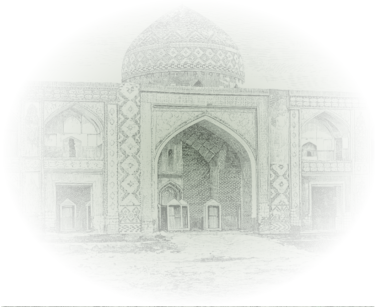Bughakar was a village in the territory of the Zangezur uezd of the former Yelizavetpol (Ganja) governorate, later in the former Mehri (Meghri) district, and present-day Syunik province. It was located 12 km to the northwest of Meghri and on the bank of the Mehri River.
The village was was solely inhabited by Azerbaijanis: 139 in 1897, 194 in 1904 and 96 Azerbaijanis in 1914. The Azerbaijanis were attacked, massacred or ousted from the village by Armenian armed formations in 1918. After the establishment of Soviet power in present-day Armenia, the inhabitants who survived managed to return to their historical and ethnic lands. The village was inhabited by 44 Azerbaijanis in 1922, 30 in 1926 and 41 Azerbaijanis in 1931. The village was abolished in the 1940s. The inhabitants were removed to the village of Lehvaz inhabited by Armenians. At present, it is in ruins. The shrine of Bughakar was a well-known site of pilgrimage in this village.
The toponym was coined by combining the word “buk” meaning “a pass; a gorge; a valley; a lowland at the foot of a mountain or the bank of a river” and the word “kar” meaning “a cliff” in Turkic.
